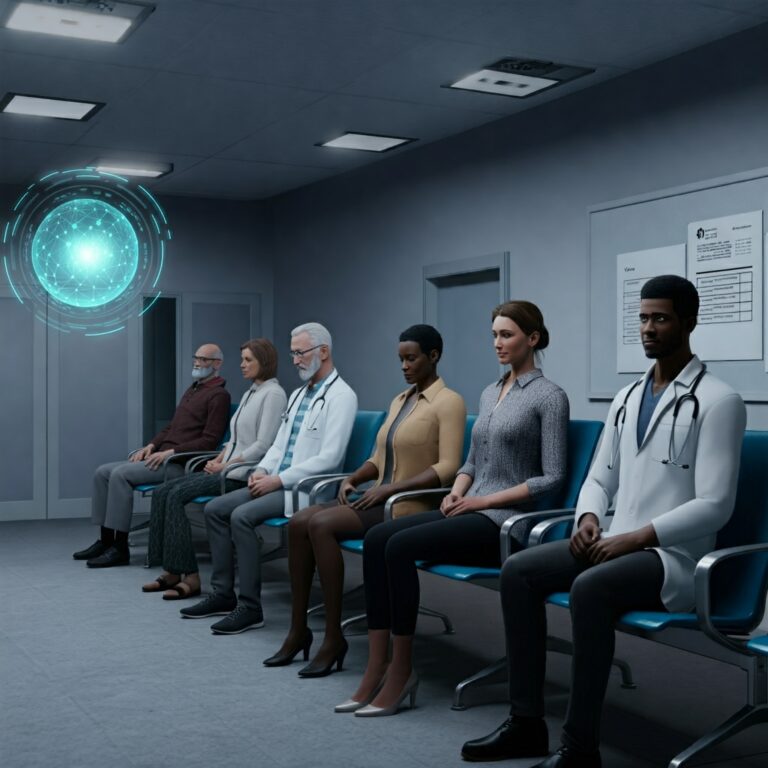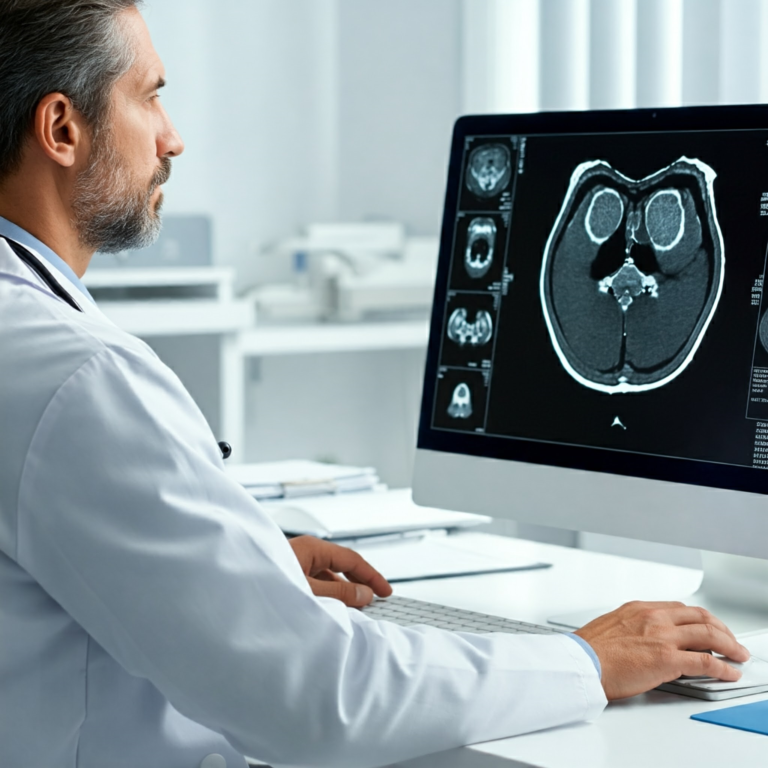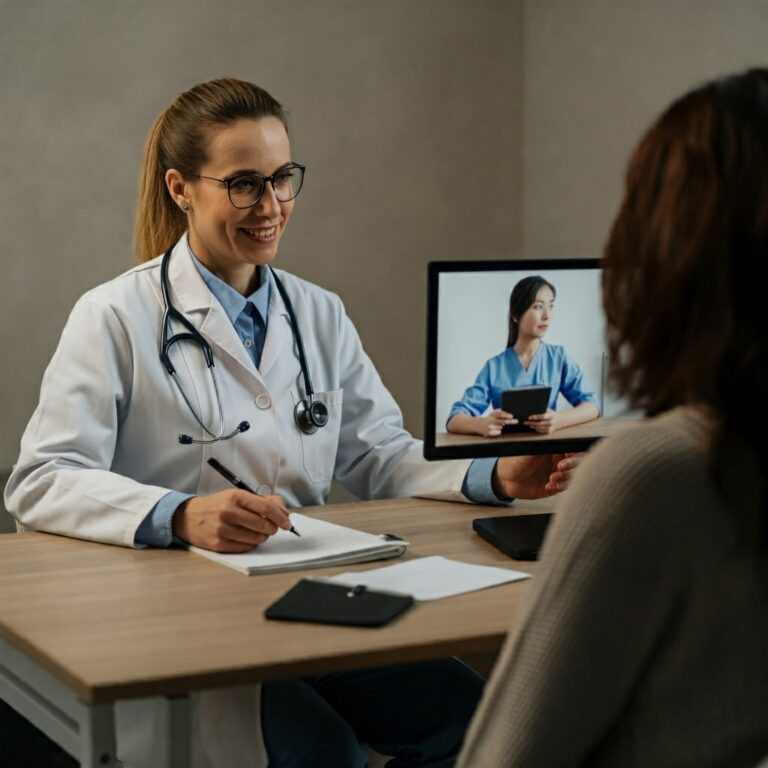EHR Integration: The Key to Untapped RPM Potential in Telemedicine
The telemedicine sector has experienced explosive growth in recent years, transforming the delivery of healthcare and expanding access to care, particularly in remote or underserved areas. While video conferencing and virtual consultations have become synonymous with telemedicine, the true potential of this rapidly evolving field lies in its ability to integrate with other technologies, particularly Remote Patient Monitoring (RPM). This article explores the intersection of telemedicine and RPM, focusing on how EHR integration is crucial for unlocking the untapped potential of remote monitoring and driving the next wave of innovation in virtual care.
Telemedicine: Reshaping the Healthcare Landscape
Telemedicine encompasses a broad range of technologies and services used to deliver healthcare remotely. From virtual consultations and remote diagnosis to medication management and patient education, telemedicine is breaking down geographical barriers and offering greater flexibility in patient care. This has profound implications for the healthcare industry, offering solutions for:
- Increased Access to Care: Patients in rural areas or those with mobility limitations can access specialists and receive timely care without extensive travel.
- Reduced Healthcare Costs: Telemedicine can lower costs associated with transportation, facility overhead, and hospital readmissions.
- Improved Patient Engagement: Remote monitoring tools empower patients to take a more active role in managing their health, leading to improved outcomes.
- Enhanced Efficiency and Productivity: Streamlined workflows and automated data collection free up valuable time for healthcare providers.
The Growing Impact of Remote Patient Monitoring (RPM)
RPM utilizes connected devices to collect and transmit patient health data remotely, providing clinicians with real-time insights into a patient’s condition. This data, which can include vital signs, activity levels, medication adherence, and symptom reports, allows for proactive interventions, personalized care plans, and early detection of potential health issues. RPM is transforming telemedicine by:
- Shifting from Reactive to Proactive Care: Continuous monitoring enables clinicians to identify and address potential problems before they escalate, reducing the need for emergency room visits and hospitalizations.
- Enhancing Chronic Disease Management: RPM plays a critical role in managing chronic conditions like diabetes, heart failure, and COPD, enabling personalized interventions and improved medication adherence.
- Facilitating Post-Discharge Care: Remote monitoring after hospital discharge can help prevent readmissions by ensuring patients adhere to treatment plans and receive timely follow-up care.
- Expanding the Scope of Telemedicine: RPM extends the reach of telemedicine beyond virtual consultations, allowing for continuous monitoring and more comprehensive care management.
Key Trends and Statistics Shaping the Future of RPM and Telemedicine
Several key trends are driving the growth and evolution of RPM within the telemedicine sector:
- Artificial Intelligence (AI) and Machine Learning (ML): AI and ML are being integrated into RPM platforms to analyze patient data, identify patterns, and provide predictive insights for proactive interventions.
- 5G Connectivity: The rollout of 5G networks is enabling faster data transmission and supporting more complex remote monitoring applications.
- Increased Adoption of Wearable Technology: The proliferation of wearable devices like smartwatches and fitness trackers is generating valuable health data that can be integrated into RPM platforms.
- Growing Focus on Data Security and Privacy: As more patient data is collected and transmitted remotely, ensuring data security and privacy is paramount.
The market for RPM and telemedicine is experiencing significant growth, reflecting the increasing demand for virtual care solutions. According to recent reports:
- The global telemedicine market is projected to reach $XXX billion by YYYY (insert credible market research data).
- The RPM market is expected to grow at a CAGR of XX% from YYYY to YYYY (insert credible market research data).
Recent Market News and Developments
- [Mention a recent merger, acquisition, or partnership in the telemedicine/RPM space.]
- [Highlight a recent FDA approval for a new RPM device or platform.]
- [Discuss a recent government initiative or policy change related to telemedicine reimbursement or regulation.]
EHR Integration: Unlocking the True Potential of RPM in Telemedicine
While RPM offers significant advantages, its true potential remains largely untapped due to challenges in data integration. Many RPM systems operate in silos, separate from Electronic Health Records (EHRs). This lack of interoperability creates data fragmentation, increases administrative burden, and limits the effectiveness of remote monitoring. EHR integration is the key to unlocking the full potential of RPM by:
- Streamlining Data Flow: Seamless integration allows RPM data to flow directly into the patient’s EHR, providing clinicians with a comprehensive view of their health information in one central location.
- Reducing Administrative Burden: Automated data transfer eliminates manual data entry, freeing up clinicians’ time and reducing the risk of errors.
- Improving Clinical Decision-Making: Integrated data provides clinicians with a more complete picture of the patient’s health, enabling more informed and personalized treatment decisions.
- Enhancing Care Coordination: EHR integration facilitates better communication and collaboration among healthcare providers involved in the patient’s care.
- Unlocking Advanced Analytics: Integrated data sets can be leveraged for population health management, predictive modeling, and other advanced analytics applications.
Conclusion:
The convergence of telemedicine and RPM is revolutionizing healthcare delivery. By integrating RPM systems with EHRs, we can unlock the full potential of remote monitoring, enabling proactive, personalized, and data-driven care. This integration is crucial for maximizing the benefits of virtual care, improving patient outcomes, and driving the next wave of innovation in the telemedicine sector. As the demand for remote care continues to grow, investments in EHR integration and interoperability will be essential for realizing the transformative potential of RPM and shaping the future of healthcare.
















